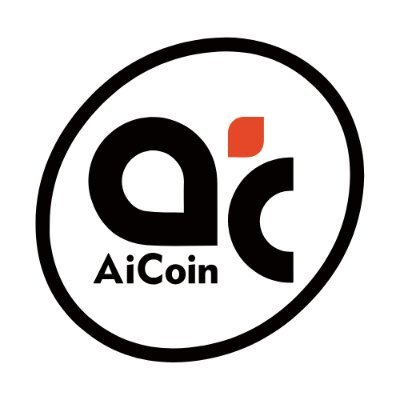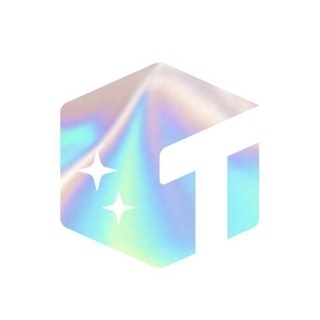

LikeCoin 價格LIKE
您今天對 LikeCoin 感覺如何?
LikeCoin 今日價格
LIKE 的最高價格是多少?
LIKE 的最低價格是多少?
LikeCoin 價格預測
什麼時候是購買 LIKE 的好時機? 我現在應該買入還是賣出 LIKE?
LIKE 在 2026 的價格是多少?
LIKE 在 2031 的價格是多少?
LikeCoin 價格歷史(USD)
 最低價
最低價 最高價
最高價 
LikeCoin 市場資訊
LikeCoin 持幣分布集中度
LikeCoin 地址持有時長分布

LikeCoin 評級
LikeCoin (LIKE) 簡介
加密货币是数字化的金融形式,在过去几十年里发展迅猛并引起了广泛的关注。作为其中的一种加密货币,LikeCoin(简称LC)在加密货币领域具有重要的历史意义和关键特征。
首先,LikeCoin是一种基于区块链技术的加密货币。区块链是一种分布式账本技术,允许多个参与者之间的安全和透明的交互。通过区块链技术,LikeCoin能够实现去中心化的交易和信息存储,确保交易的可追溯性和数据的不可篡改性。这使得LikeCoin成为一种安全可靠的交易和存储价值的工具。
其次,LikeCoin具有去中心化的特点。传统的金融系统通常由中央机构控制,例如银行和政府。然而,LikeCoin通过区块链技术实现了去中心化,没有中央机构干预,使得交易更加自由和开放。此外,LikeCoin的去中心化特性还确保了数据的分散性和可靠性,提高了网络的安全性和抗攻击能力。
另外,LikeCoin还具有匿名性和隐私保护的特点。在传统金融系统中,交易往往需要提供个人身份和其他敏感信息。然而,LikeCoin的交易是基于密钥和地址进行的,保护了用户的身份和隐私。这意味着用户可以在保护个人信息的同时进行安全的交易。
最后,LikeCoin具有全球化和无边界的特点。传统金融系统通常在特定的国家或地区运作,受到国家法律和监管的限制。然而,LikeCoin不受国家或地区的限制,可以进行全球范围内的交易。这为用户提供了更多的交易机会和灵活性,并促进了全球经济的发展。
总结而言,LikeCoin作为一种加密货币,在加密货币领域具有重要的历史意义和关键特点。它基于区块链技术实现了安全的交易和信息存储,具有去中心化、匿名性、隐私保护以及全球化和无边界的特点。随着加密货币的普及和应用场景的不断扩大,LikeCoin有望在金融领域发挥重要的作用。
LIKE 兌換當地法幣匯率表
- 1
- 2
- 3
- 4
- 5
購買其他幣種
用戶還在查詢 LikeCoin 的價格。
LikeCoin 的目前價格是多少?
LikeCoin 的 24 小時交易量是多少?
LikeCoin 的歷史最高價是多少?
我可以在 Bitget 上購買 LikeCoin 嗎?
我可以透過投資 LikeCoin 獲得穩定的收入嗎?
我在哪裡能以最低的費用購買 LikeCoin?
在哪裡可以購買加密貨幣?
影片部分 - 快速認證、快速交易

Bitget 觀點





相關資產



































LikeCoin 社群媒體數據
過去 24 小時,LikeCoin 社群媒體情緒分數是 3,社群媒體上對 LikeCoin 價格走勢偏向 看漲。LikeCoin 社群媒體得分是 0,在所有加密貨幣中排名第 750。
根據 LunarCrush 統計,過去 24 小時,社群媒體共提及加密貨幣 1,058,120 次,其中 LikeCoin 被提及次數佔比 0%,在所有加密貨幣中排名第 1192。
過去 24 小時,共有 217 個獨立用戶談論了 LikeCoin,總共提及 LikeCoin 5 次,然而,與前一天相比,獨立用戶數 增加 了 3%,總提及次數減少。
Twitter 上,過去 24 小時共有 0 篇推文提及 LikeCoin,其中 0% 看漲 LikeCoin,0% 篇推文看跌 LikeCoin,而 100% 則對 LikeCoin 保持中立。
在 Reddit 上,最近 24 小時共有 7 篇貼文提到了 LikeCoin,相比之前 24 小時總提及次數 減少 了 13%。
社群媒體資訊概況
3